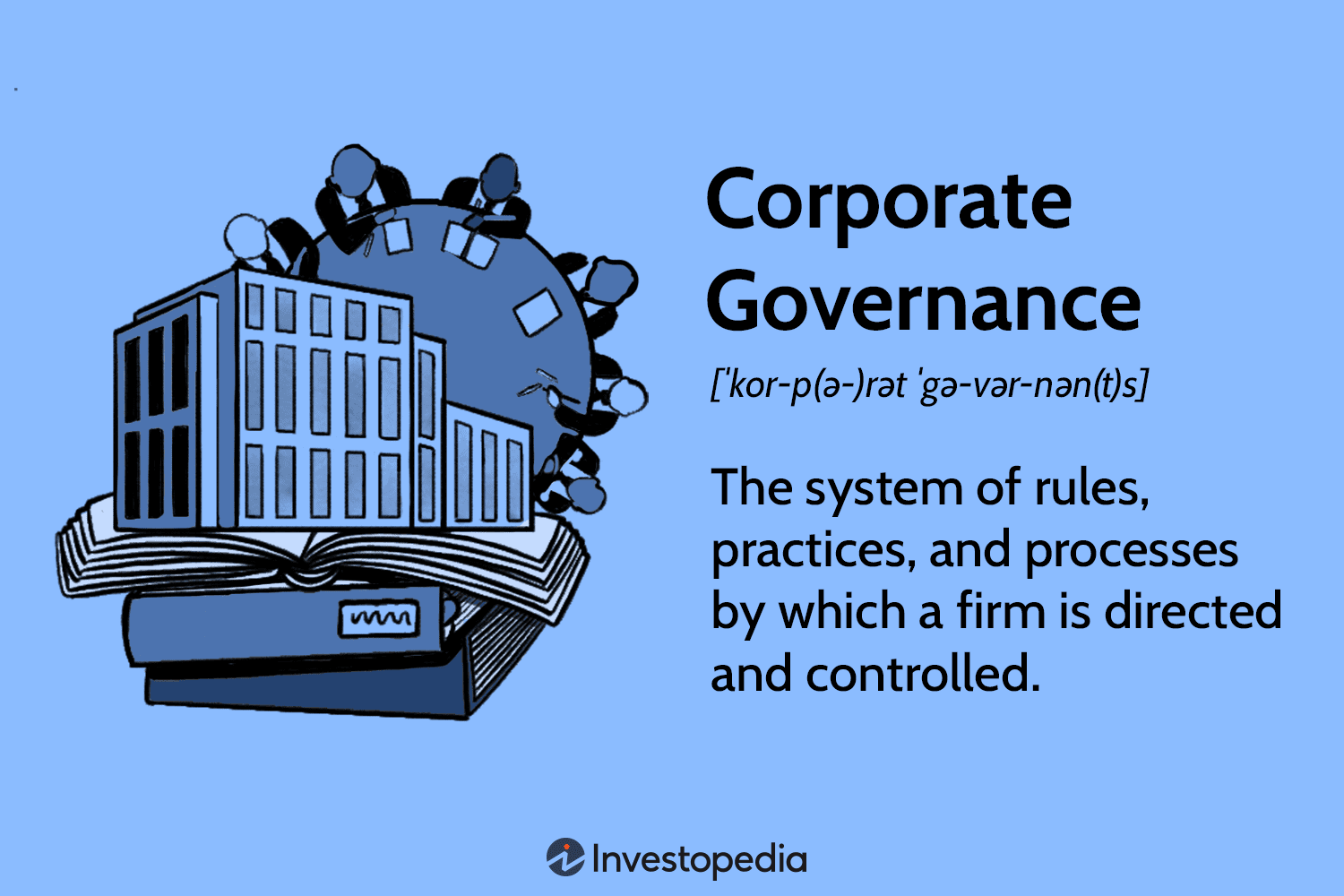The Strategic Value Proposition of AI Insurance
More than risk transfer - a strategic investment in financial resilience, operational excellence, and market leadership
Beyond Simple Risk Transfer
AI insurance delivers multifaceted value, strengthening your company's financial resilience, operational discipline, innovative capacity, and market standing.

The Multiplier Effect
The benefits of AI insurance create a powerful multiplier effect. The risk reduction achieved to qualify for insurance coverage may be more valuable than any future claim payout. Organizations that invest in AI insurance often find that the process of obtaining coverage strengthens their entire AI program.
I. Financial Indemnification and Balance Sheet Protection
The primary benefit of AI insurance is its function as a financial backstop, providing crucial safety net protection for your company's balance sheet and ensuring survival in the face of significant AI-related incidents.
Comprehensive Financial Protection
- Direct financial losses from AI system failures
- Legal defense costs and court-ordered settlements
- Regulatory fines and penalties
- Business interruption and lost revenue
- Reputational damage mitigation costs
Real-World Impact: The costs associated with AI failures can be immense - from the $440 million loss experienced by Knight Capital to the ongoing legal expenses of algorithmic bias lawsuits. By transferring significant portions of this financial risk to an insurer, companies can preserve capital for core operations and future growth.
II. Risk Management Framework and Operational Excellence
Perhaps the most profound benefit is not the reactive payout after a failure, but the proactive discipline AI insurance imposes before a failure can occur.
External Audit and Governance
The underwriting process functions as a rigorous, external audit of your AI governance, ethics, and technical robustness, creating powerful financial incentives for responsible innovation.
Key Areas of Scrutiny:
- Data Governance: Quality, lineage, and ethical sourcing of training data
- Model Architecture: Validation protocols and security measures
- Explainability: Transparency and interpretability of AI decisions
- Human Oversight: Effectiveness of human-in-the-loop processes
This process transforms the insurance policy from a simple financial instrument into an externally enforced governance protocol, building a "culture of safety" within your organization.
III. Innovation Enablement and Commercial Growth
Paradoxically, by providing a safety net against failure, AI insurance becomes a powerful catalyst for innovation and growth.
Calculated Risk-Taking
AI insurance encourages companies to experiment with cutting-edge technologies without the paralyzing fear that a single mistake could lead to catastrophic loss, fostering a culture of managed innovation.
Market Advantages:
- Competitive Differentiation: Demonstrates commitment to responsible AI development
- Stakeholder Trust: Builds confidence with customers, investors, and partners
- Market Access: Meets vendor requirements for AI-specific coverage
- Innovation Acceleration: Enables confident adoption of emerging technologies
Commercial Necessity: Major clients and partners are increasingly requiring evidence of AI liability insurance as a standard part of vendor contracts. Having robust coverage is becoming a prerequisite for market access and business opportunities.
IV. Regulatory and Contractual Compliance
The global regulatory environment for AI is becoming increasingly complex, with governments implementing new laws and guidelines for safe and fair AI deployment.
Key Regulatory Frameworks
- EU AI Act: Comprehensive AI law with strict requirements for high-risk systems
- NIST AI RMF: U.S. framework for AI risk management
- GDPR/CCPA: Data privacy regulations affecting AI systems
- Industry Standards: Sector-specific AI governance requirements
Compliance Benefits
- Underwriting process aligns practices with emerging standards
- Coverage for regulatory investigation costs and legal defense
- Protection against fines and penalties (where insurable)
- Contractual indemnity clause fulfillment
Contractual Necessity: AI insurance is crucial for meeting contractual obligations, as contracts increasingly contain specific indemnity clauses or explicit requirements to carry AI liability insurance. Failure to maintain required coverage can constitute breach of contract.
Financial Protection
Comprehensive coverage for direct losses, legal costs, and business interruption, preserving capital for growth and operations.
Operational Excellence
External audit and governance framework that builds a culture of safety and responsible AI development.
Innovation Catalyst
Enables confident adoption of cutting-edge AI technologies while building market trust and competitive advantage.
Compliance Assurance
Alignment with regulatory requirements and contractual obligations in an increasingly complex legal landscape.
